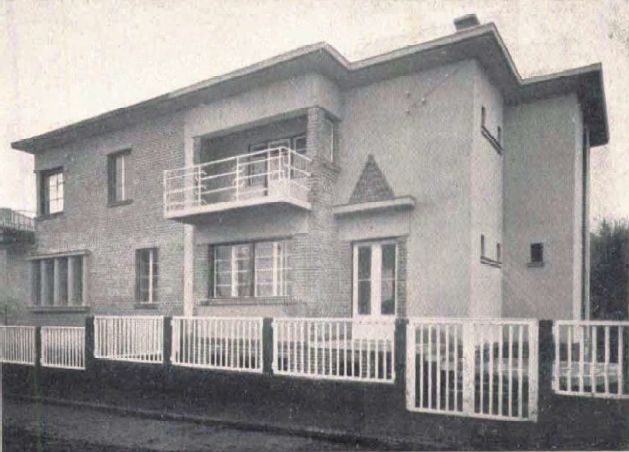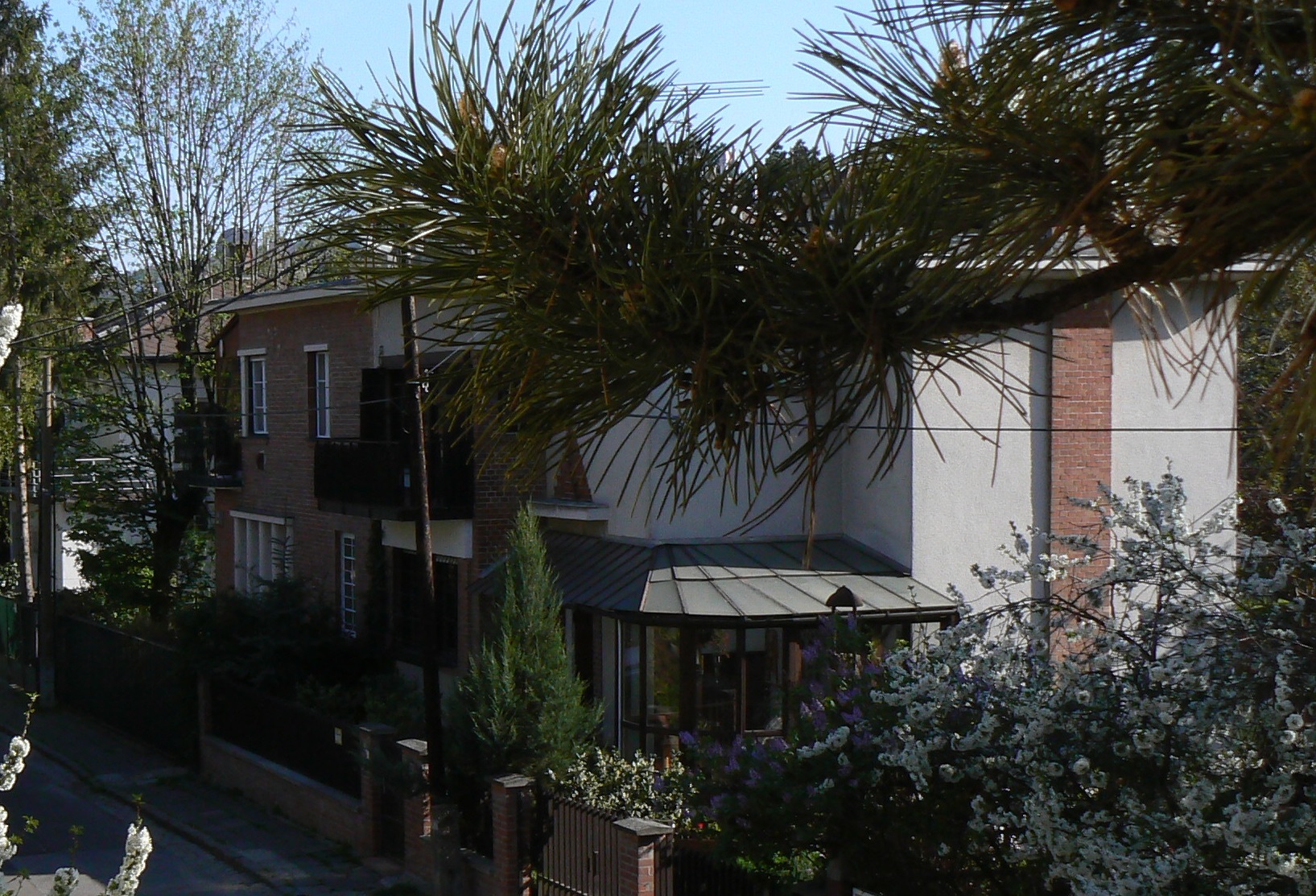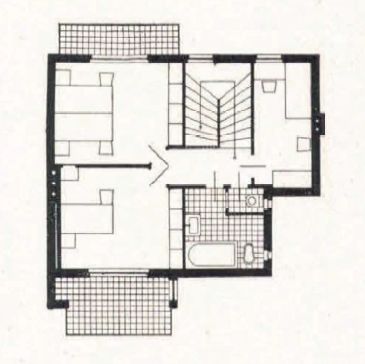Napraforgó street 16.
Architect: Béla Tauszig
Budapest, 1881 – Budapest, 1973, architect
He graduated at the Budapest Technical University as an architect in 1908. Between 1909-1914 he had a jopint office with Zsigmond Róth. He served in the 1st Worls War as fisrt lieutenant and took part in the largest building works of the high command. After the end of the war he worked as leading engineer at the Directorate of Hungarian Railways (MÁV). He was responsible for the planning and building of the MÁV clerk houses for the railway workers coming from the territories detached from Hungary after WW1. In 1926 he once again opened his joint office with Zsigmond Róth. Their working relationship lasted until 1945. Afterwards he worked as an individual architect until the deprivatization.
Architect: Zsigmond Róth
Csacza, 1885 – Budapest, 1970 architect, painter
He graduated in 1907 at the Budapest Technical University. After the 1st Worls War he lived in Madrid, then returned to Hungary in 1923.
Between 1909-1914 their joit office with Béla Tauszig planned and built several public buildings and summer houses and they also took part in the planning and building of 3 coffee houses and several movie theaters. After the renewed opening of their office in 1926 they mostly designed residential buildings, first in historicizing, then art déco, then in modern style. Their joint work is, among others, the modern staircase of the house at Rumbach Sebestyén street 15/b and the headquarters of the Central Allience of Hungarian Iron and Metal Workers in Magdolna street which was built in neo-classic style.
After the deprivatization of the office he worked in the state company MEZŐTERV, then in IPARTERV.
Source of the photos: Tér és Forma 1931/10, 305-326, Megyeri Gábor
Source of the ground-plans: Tér és Forma 1931/10, 305-326





